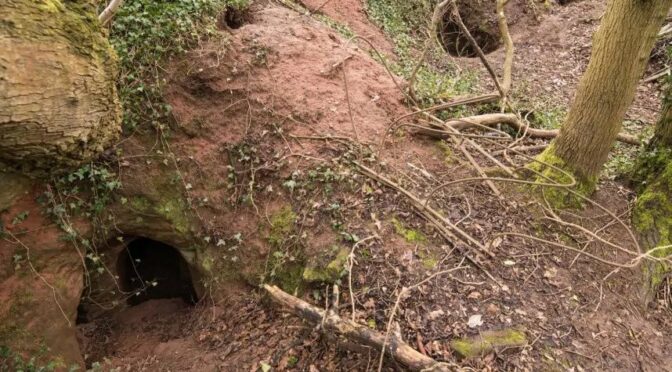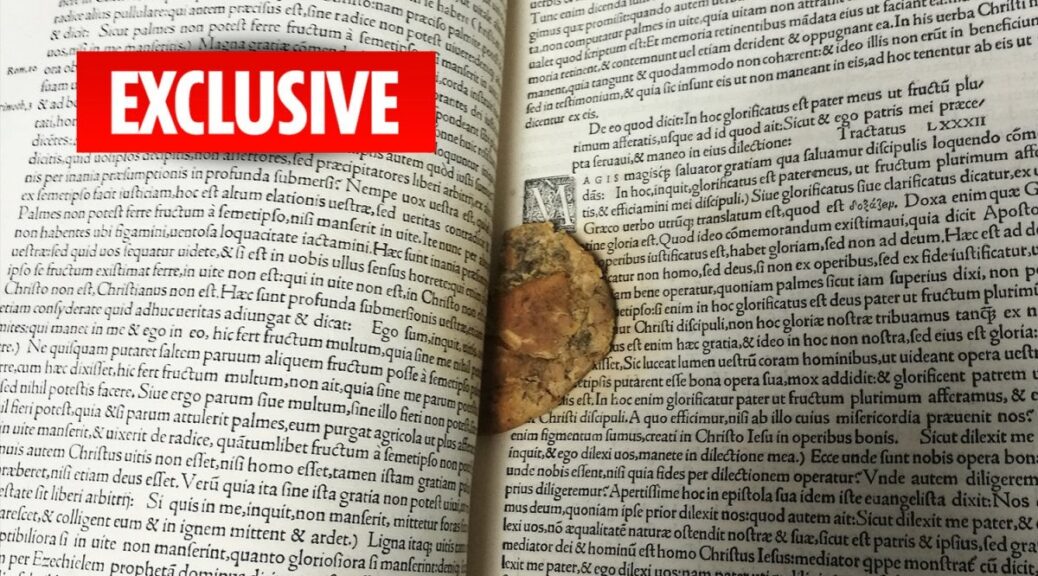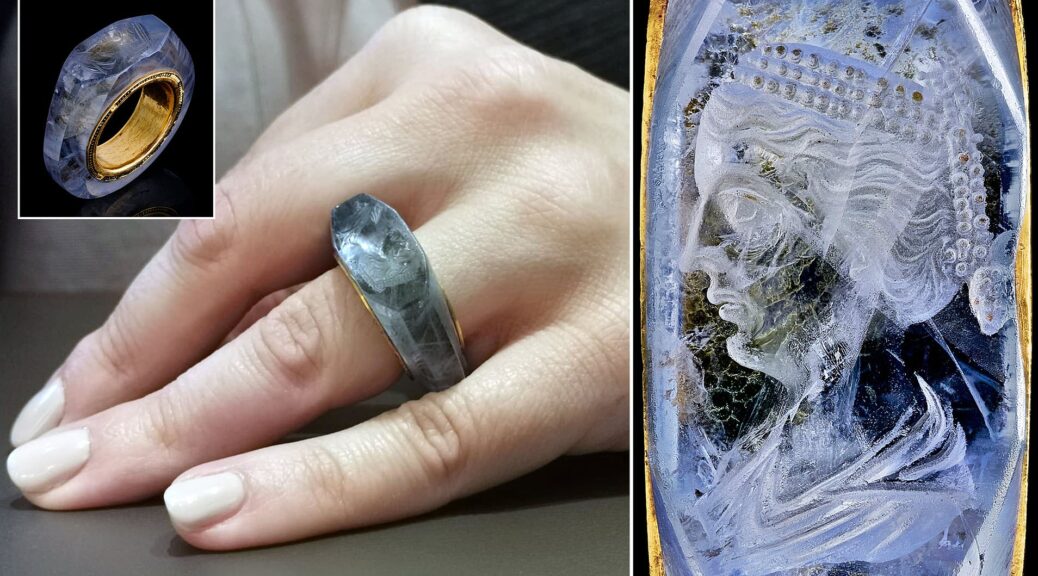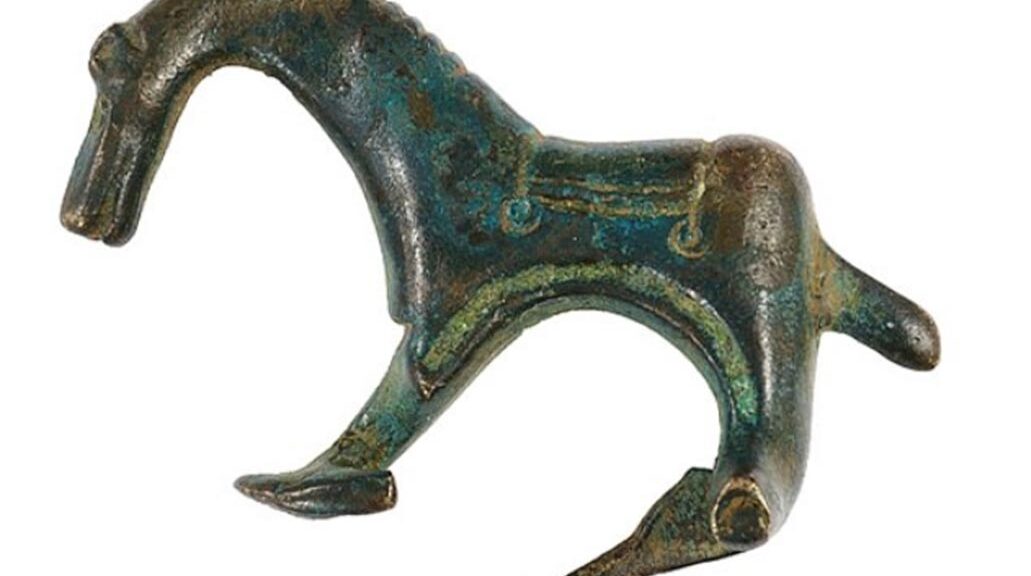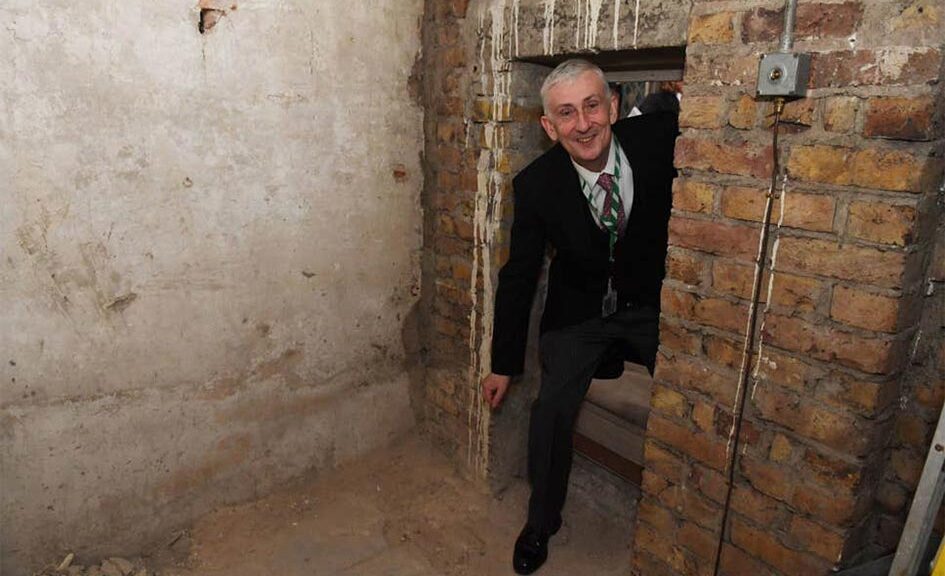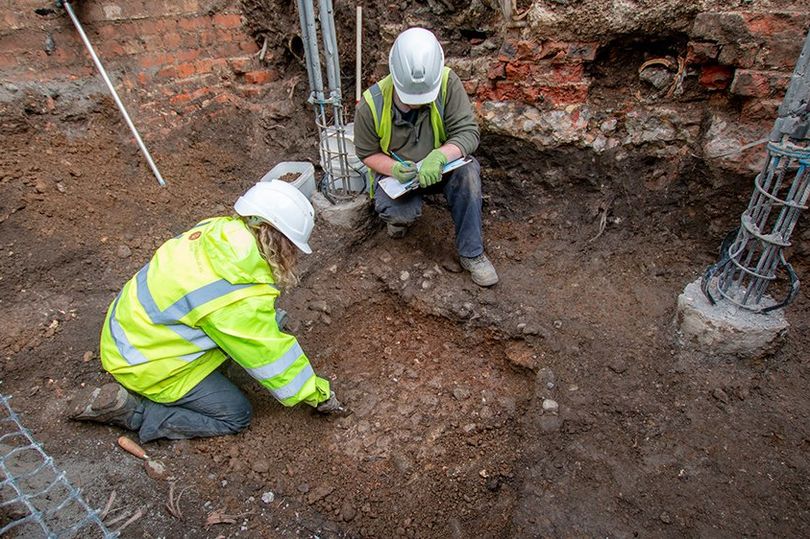Rabbit hole leads to incredible 700-year-old Knights Templar cave complex
An outstanding discovery was made when a 700-year-old Knights Templar cave was found beneath a farmer’s field in Shropshire, England, in a complex known as the Caynton Caves network.
The Knights Templar was a major catholic order which was popular during the Crusades and their name comes from Temple Mount in Jerusalem.
The Knights Templar were first created in 1129 according to the order of the Pope, and it was their first duty to help religious pilgrims who visited the Holy Land and Jerusalem.
The photographer Michael Scott, from Birmingham, saw a video of the 700-year-old Knights Templar cave in Shropshire and decided to visit the Caynton Caves network to witness them for himself.
Some of Scott’s photographs of the cave have been published, including those in The Mirror, and these show an exotic candlelit labyrinth which Fox News note looks extremely similar to scenes straight out of Indiana Jones and the Last Crusade.

Michael Scott explained that as you walk through the farmer’s field in Shropshire, you would have no idea that there was a Knights Templar cave directly beneath it if you didn’t know it existed in the first place, which would have made it the perfect meeting place in the past.
“I traipsed over a field to find it, but if you didn’t know it was there you would just walk right past it. I had to crouch down and once I was in it was completely silent.”


The Knights Templar cave was carved out of sandstone, and the Caynton Caves network is found in woodland by Shifnal, and the entrances to the caves are so small they could almost be mistaken for rabbit holes.
Some of the chambers of the caves are also so narrow that visitors have to get on their hands and knees to move around inside of them.
The history of the Knights Templar is such that once the Holy Land was lost, the influence that the Knights Templar once held waned, although they remained extremely wealthy.
In 1307, King Philip IV of France decided that he wanted to expunge the debts that he owed to the order and plotted to bring about the end of the Knights Templar.
He did this by accusing members of many false things like heresy and had them locked up or burned at the stake. In 1312, Pope Clement V made the decision to permanently disband the Knights Templar.
The Caynton Caves network in Shropshire where the Knights Templar cave is also has a darker history, and it is alleged that there were once ceremonies involving Black Magic here, the Birmingham Mail reported.
The Shropshire Star note that at one point the caves were filled with graffiti, rubbish and other debris and because of this, the owners of the caves sealed off the entrance in 2012.
The Knights Templar cave, along with the entire Caynton Caves network, is said to be extremely popular with Pagans and Druids and is also frequently visited during times like Halloween and the Winter and Summer Solstices.
There is much history to be found in this part of Shropshire, and the Knights Templar cave isn’t the only place in this area that is linked to the Templar.
For instance, the Norman temple inside Ludlow Castle may have also been used by the Knights Templar.
There is also Penkridge Hall in Leebotwood, where Lydley Preceptory once stood. This was used by the Templars in 1158 and shut down in 1308 at the end of their order.
